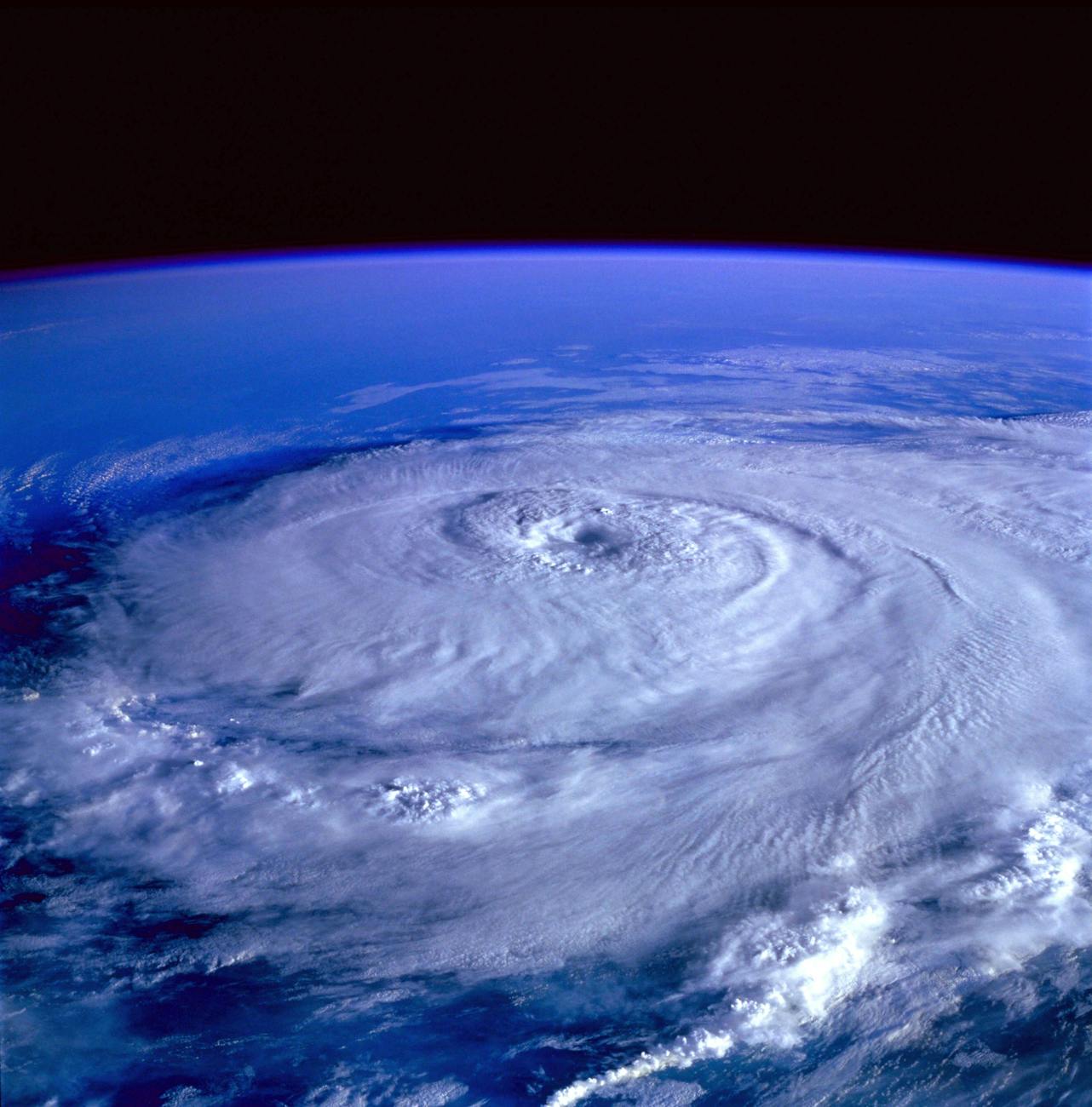Understanding Sydney’s cyclone season often leads to questions about the direct impact of these powerful storms on the city. While it’s true that Sydney, unlike parts of Northern Australia, rarely experiences a direct hit from a tropical cyclone, this doesn’t mean the city is immune to severe weather during the warmer months. The remnants of tropical cyclones, and more commonly, intense weather systems known as East Coast Lows, can bring significant rainfall, damaging winds, and dangerous coastal conditions to the Sydney metropolitan area. This article will clarify the actual risks associated with the cyclone season in Sydney, explain the types of weather events to anticipate, and provide essential advice on how residents can prepare to ensure their safety and mitigate potential damage.
The reality of cyclones in Sydney
Sydney’s geographical location provides a natural buffer against the direct impact of tropical cyclones. These powerful, warm-cored systems typically form in the warmer waters north of Australia and tend to track westward or southward before weakening over cooler waters or land. By the time a tropical cyclone has moved far enough south to potentially affect Sydney’s latitude, it has almost always been downgraded to an ex-tropical cyclone or a low-pressure system. However, this weakening does not mean the threat disappears entirely. These remnants can still carry immense amounts of moisture and energy, leading to widespread heavy rainfall, flash flooding, and strong, gusty winds across the region. The true threat to Sydney during the “cyclone season” often comes not from the cyclone itself, but from the associated weather patterns or other severe systems that thrive in similar conditions, such as East Coast Lows, which are a more frequent and significant concern for the NSW coast.
When is the risk highest? Understanding the season
Australia’s official tropical cyclone season runs from November to April, coinciding with the warmest ocean temperatures and the greatest atmospheric instability in the northern parts of the country. For Sydney, while a direct tropical cyclone hit during this period is an exceptionally rare event, the city is most susceptible to the indirect impacts of these systems, or the formation of severe East Coast Lows, during the latter part of this season – typically from February through to April. This period often sees warmer Tasman Sea waters and a more active monsoon trough, creating an environment conducive for severe weather to develop and track down the coast. It’s also important to note that East Coast Lows, while not tropical cyclones, can form at any time of the year, though they are particularly potent and frequent during autumn and winter. Understanding these seasonal nuances is crucial for residents to be adequately prepared for the specific weather threats Sydney faces.
| Event type | Typical period of impact for Sydney | Primary threat |
|---|---|---|
| Tropical cyclone season (Australian region) | November – April | Direct hits very rare for Sydney |
| Ex-tropical cyclone remnants | February – April (often late season) | Heavy rain, widespread flooding, strong winds |
| East Coast Lows (ECLs) | Can occur year-round, peak in Autumn/Winter | Extreme rainfall, damaging winds, coastal erosion, dangerous surf |
Preparing for Sydney’s severe weather events
Given the potential for significant indirect impacts from ex-tropical cyclones and, more commonly, East Coast Lows, preparation is key for Sydney residents. The first step involves creating a comprehensive emergency plan for your household. This includes assembling an emergency kit with essentials like bottled water, non-perishable food, a first-aid kit, a battery-powered radio, torches, and spare batteries. It’s also wise to keep important documents in a waterproof bag. For your property, clear gutters and downpipes to ensure proper drainage, trim any overhanging tree branches, and secure loose outdoor items that could become projectiles in strong winds. Staying informed is paramount: regularly check forecasts and warnings from the Bureau of Meteorology (BOM) and heed advice from the NSW State Emergency Service (SES). During an event, never drive, walk, or ride through floodwaters. Remember, if it’s flooded, forget it. Stay indoors, away from windows, and listen to local emergency broadcasts for updates.
East coast lows: Sydney’s principal weather threat
While the focus might initially be on tropical cyclones, Sydney’s most significant and frequently occurring severe weather threat comes from East Coast Lows (ECLs). These are intense low-pressure systems that form off the New South Wales coast, typically within 100 to 500 kilometres from the shoreline. Unlike tropical cyclones, ECLs are cold-cored systems, but they can generate exceptionally strong winds, torrential rainfall, and extremely dangerous seas, often causing more widespread and severe damage to Sydney than any distant tropical system. Their rapid development and unpredictable movements make them particularly hazardous. ECLs can lead to flash flooding in urban areas, widespread riverine flooding, significant coastal erosion, and dangerous surf conditions. Historical events have shown the immense power of these systems, underscoring the need for residents to understand their distinct characteristics and be prepared for their potentially devastating impacts.
In conclusion, while Sydney is largely spared from the direct onslaught of tropical cyclones, the city is far from immune to severe weather generated by these powerful systems or, more significantly, by intense East Coast Lows. The “cyclone season” in Sydney should be understood as a period of heightened risk for heavy rainfall, damaging winds, and dangerous coastal conditions, primarily from ex-tropical cyclones moving south or the development of severe ECLs. Understanding the specific threats, recognising the peak periods for these events, and taking proactive steps to prepare your home and family are crucial for safety. By staying informed through official channels like the Bureau of Meteorology and the NSW State Emergency Service, and by following emergency advice, residents can navigate Sydney’s dynamic weather patterns with confidence, ensuring they are well-prepared for whatever nature may bring.
Image by: Pixabay
https://www.pexels.com/@pixabay

